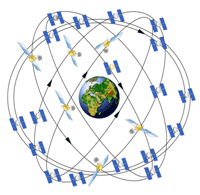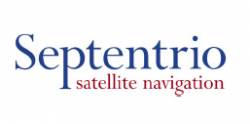GPS Modernization on Agenda for June Space-Based PNT Advisory Board Meeting

The National Space-Based Positioning, Navigation, and Timing (PNT) Advisory Board will meet in Arlington, Virginia, on Thursday, June 9 and Friday June 10. The sessions are open to the public.
Among the agenda items are GPS modernization, interoperability with other GNSS systems, and future challenges to PNT service providers and users, such as protecting the emerging role of PNT in cyber networks, including the need for backups.
By Inside GNSS










.jpg)




